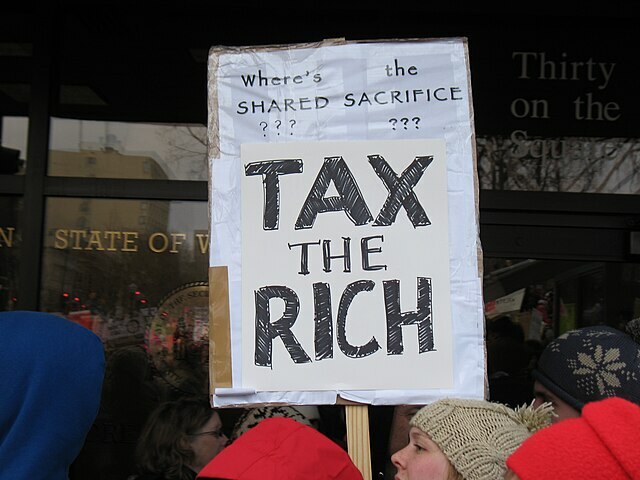Gov. Roy Cooper and legislators are completing their preparations for the General Assembly’s September 2 return. Revising this year’s state budget is the top priority.
A looming question is whether nearly $900 million of the $4 billion from the Coronavirus Relief Fund (CRF) can be used to offset lost revenues. It looks doubtful, however, that Congress will provide any additional guidance on that question before October.
In a memo quoted by Sen. Phil Berger’s office, the General Assembly’s Fiscal Research Division warned not to be too optimistic about the current forecast of an additional $457 million in unappropriated fund balance at the end of the current fiscal year:
Most of the items funded in this session’s appropriations bills funded recurring program needs on a one-time basis, primarily from fund balances or the CRF. Any additional appropriations from a one-time source for recurring types of programs would exacerbate what we believe to be a $2-$3 billion structural imbalance.
With the State Controller’s release of the final General Fund monthly report for June 2020, budget writers and the public now have a picture of how COVID-19 has affected the state’s fiscal situation, and it is not good.
Revenue
Total revenue for Fiscal Year (FY) 2019-20 fell $887 million from the previous year’s $24.826 billion to $23.939 billion. The final number is $1.031 billion lower than the $25.070 billion forecast in September 2019, but that gap is $612 million less than the $1.643 billion hole projected in May.
A significant portion of the loss is due to the extended deadline for personal and corporate income tax filing. Final payments that would have been made in April were delayed until July 15 and a new fiscal year. This change pulled the year-end total down to $12.415 billion, which was $752 million (6%) less than FY 2018-19 and $615 million (5%) less than budgeted.
At $658 million, corporate income tax revenue was down $173 million (21%) from FY 2018-19 and $78 million (11%) less than budgeted. That $95 million difference makes it seem clear the corporate income tax rate reduction from 3.0% to 2.5% played a significant role in lower revenues.
The effects of deferring tax filing and payment until July were clear in revenues for April and the final quarter, particularly compared with sales tax collections. Personal income tax revenues in April were down $980 million (57%) from the previous year, and corporate income tax revenues were down $150 million (54%). For the full final quarter of FY 2019-20, personal income tax collections were 23% lower than in the previous year, and corporate income taxes were 40% lower.
Fiscal Research Division economist Barry Boardman estimated that the changed tax filing and payment deadline did not result in as much of a shift in revenue as expected, but the one-time effect in July 2020 revenue could be less than the $1 billion previously forecast.
In contrast, sales tax revenue was down a relatively modest 12% for April and the full quarter. Sales tax revenue increased $70 million from the previous year, to $7.751 billion. Payments were down $96 million (13%) in April and $110 million (16%) in May when lockdowns were tightest. Overall sales tax revenue for the year fell $382 million (5%) short of the $8.203 billion budgeted.
Expenditures
Even as revenues fell compared with FY 2018-19, state expenditures increased. Total appropriations for the year reached $24.062 billion, up $396 million (1.7%) from the previous year, and down $345 million (1.4%) from budget.
Education, Medicaid, and public safety were the largest areas of spending as well as the drivers of growth. Combined, they account for $23.325 billion of $24.062 billion in appropriations, $497 million (2%) higher than in FY 2018-19. Environment, general government, and agriculture together received $811 million in appropriations, down $53 million (6%) from FY 2018-19.
Looking Ahead
North Carolina received $4.067 billion from the federal government’s Coronavirus Relief Fund to meet unexpected costs related to COVID-19. The state also received $672 million from the fund for schools, colleges, and universities, and $564 million for other purposes. The largest counties received $481 million directly, leaving $3.585 billion for the state and other local governments. Of that, roughly $320 million has been appropriated, pending Congressional action, to offset lost revenues in transportation and also in receipt-supported activities such as the North Carolina Zoo and North Carolina Aquariums.
The General Assembly left another $552 million unappropriated, expecting that it would be used to cover any general revenue shortfall. When legislators return next week, however, they won’t have any clearer idea of what is possible with the money than when they left in July.
Among other issues they will address are whether to appropriate matching funds for higher unemployment benefits, what should be the right level of state funding for universities that have moved classes online for the year, and how to provide greater access to broadband for families with younger students.
Great uncertainty calls for caution and restraint
According to the FRD memo, Boardman stated in testimony last week, “Fiscal Research Division does not expect to have the information necessary to issue a revised, line-item forecast until late September.”
What that means is that budget decisions will continue to be made in a fog of uncertainty, which underscores the need for even more spending restraint than the General Assembly has demonstrated since 2011.
Note: This article was modified slightly to reflect the fact that Gov. Cooper released his budget recommendations on August 26.


